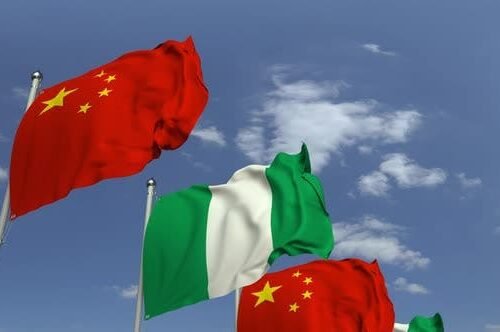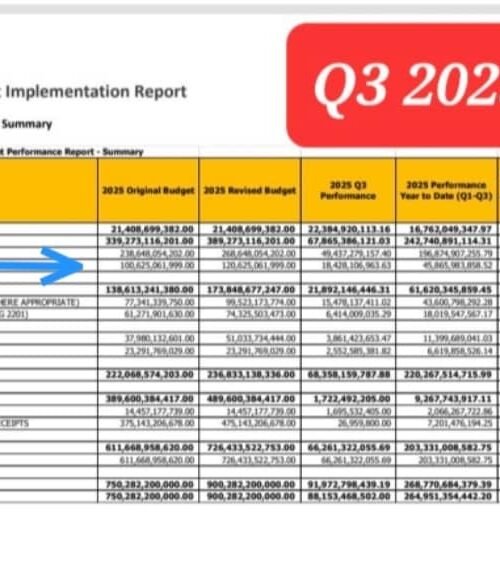Weekly Market Surveillance Report: Consumer and Non-Consumer Price Trends in Aba, Umuahia, and Ohafia
Introduction
Over the past week, a detailed surveillance of market price trends was conducted across Aba, Umuahia, and Ohafia to assess fluctuations in both consumer goods (e.g., food, electronics) and non-consumer items (e.g., construction materials, agricultural tools). The exercise aimed to identify regional disparities, seasonal influences, and policy impacts. Data was gathered through field surveys, vendor interviews, and cross-referenced with trade associations and local government bulletins. Stakeholders, including traders, farmers, and officials, shared insights on recent developments, with many acknowledging Governor Alex Otti’s interventions in addressing infrastructural and economic challenges.
Regional Overview
Aba: Industrial Hub Grapples with Supply Chain Pressures
In Aba, the commercial heartbeat of the region, consumer markets saw sharp rises in staple foods such as rice, which surged by 8% due to delayed shipments from Port Harcourt. Ngozi Okoro, a rice trader at Ariaria Market, noted, “Fuel prices continued to impact transport fares. We’re paying more to move goods, and customers are unhappy.” Meanwhile, non-consumer markets experienced relief as plastic resin prices dropped by 5%, attributed to increased imports from Lagos. Emeka Nwankwo, a plastics wholesaler, praised recent state efforts: “Governor Otti’s push to repair Aba-Port Harcourt Road is easing logistics. If sustained, this will stabilize prices long-term.”

Umuahia: Weather and Policy Shape Market Dynamics
Umuahia’s consumer markets faced volatility, particularly in fresh produce. Tomato prices skyrocketed by 15% after some disruption in local farms. Chidinma Eze, a vegetable seller at Umuahia Main Market, lamented, “My entire stock rotted overnight. Farmers need proactive systems to cope with these disruptions.” Conversely, non-consumer markets remained stable, with cement prices holding firm despite rising demand. Obinna Agu, a construction supplier, linked this to governance: “The federal government’s approach to the sub sector has forced dealers to compete fairly. We’re finally seeing transparency.”
Ohafia: Seasonal Shifts and Rural Resilience
Ohafia’s markets reflected seasonal agricultural cycles. Palm oil prices dropped 10% as harvests began, offering relief to households. Mazi Udoka, a palm oil producer, remarked, “This year’s yield is strong, thanks to subsidized seedlings from the state. Gov Otti’s support for farmers is working.” Non-consumer markets, however, saw a 20% surge in demand for fertilizers ahead of the planting season, though prices remained stable. Dr. Adaobi Nwosu, an agricultural economist, explained, “The state’s bulk procurement initiative ensured adequate supply. Rural markets are less chaotic when planning aligns with seasonal needs.”

Comparative Analysis
While Aba’s industrial sector showed resilience, its consumer markets suffered from broader supply chain disruptions. Umuahia’s price spikes underscored vulnerabilities in agricultural infrastructure, while Ohafia’s trends highlighted the benefits of synchronizing policy with farming calendars. Across all three cities, stakeholders emphasized Governor Otti’s role in mitigating crises—from road repairs to anti-corruption measures—though challenges like fuel scarcity and climate risks persisted.
Voices from the Ground
Traders and residents expressed cautious optimism. Amaka Eme, a bakery owner in Aba, shared, “Fuel issues hurt us, but the governor’s focus on roads gives hope. If transporters spend less on vehicle repairs, food prices will drop.” In Ohafia, farmer Grace Okorie added, “Before, politicians forgot us after elections. Now, officials actually visit to discuss our needs.” Even critics acknowledged progress; Kelechi Mbakwe, a Umuahia-based activist, admitted, “Price stability in cement shows the government isn’t just talking. They’re acting.”

Conclusion
Last week’s surveillance revealed a mixed but improving landscape. Consumer markets in Aba and Umuahia as Gov Otti is making plans to expand their infrastructure, while Ohafia’s seasonal glut in palm oil offers short-term relief. Governor Otti’s policies—particularly road rehabilitation and farmer subsidies—were widely credited for curbing volatility. To build on this, stakeholders urged expanded storage facilities for farmers, stricter enforcement of fuel distribution, and faster rollout of drainage projects ahead of the rainy season. As Chief Ibe Uzor, a community leader in Ohafia, summarized: “Progress is slow, but for the first time in years, we’re moving forward.”
Dr Chukwuemeka Ifegwu Eke writes from Yakubu Gowon University Nigeria.







